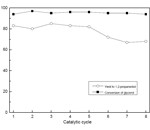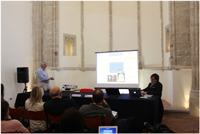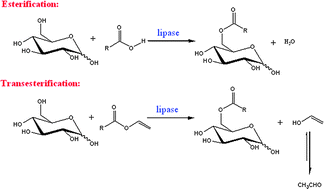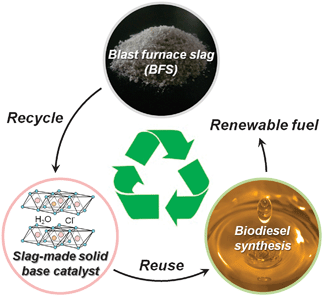Dörte Rother and colleagues have identified alcohol dehydrogenases that can be used for the stereoselective reduction of some sterically demanding ketones, under mild conditions. The team initially screened eight enzymes, with alcohol dehydrogenase from Ralstonia sp. giving the best results. Compounds with two chiral centres have important ‘building block’ applications as synthons for catalysts, pharmaceuticals and agrochemicals and this study demonstrates the high potential of biocatalysts in this area.
To find out more, download the article now for free now…
Stereoselective synthesis of bulky 1,2-diols with alcohol dehydrogenases
Justyna Kulig, Robert C. Simon, Christopher A. Rose, Syed Masood Husain, Matthias Häckh, Steffen Lüdeke, Kirsten Zeitler, Wolfgang Kroutil, Martina Pohl and Dörte Rother
Catal. Sci. Technol., 2012
DOI: 10.1039/C2CY20120H
This article is due to be published in our upcoming themed issue focusing on biocatalysis along with the below perspective:
Exploiting duality in nature: industrial examples of enzymatic oxidation and reduction reactions
K. Robins and A. Osorio-Lozada
Catal. Sci. Technol., 2012
DOI: 10.1039/C2CY20102J
For more catalysis research direct to your email inbox, register for the Catalysis Science & Technology e-alerts



















 In this Perspective, the use of ionic liquids as alternative reaction media to traditional organic solvents for the biosynthesis of sugar fatty acids esters is explored. Sugar fatty acids are extremely important industrially as non-ionic surfactants in a wide range of applications in food, cosmetics and pharmaceuticals.
In this Perspective, the use of ionic liquids as alternative reaction media to traditional organic solvents for the biosynthesis of sugar fatty acids esters is explored. Sugar fatty acids are extremely important industrially as non-ionic surfactants in a wide range of applications in food, cosmetics and pharmaceuticals.